Nowadays, baby diaper wipes have become a daily necessity for most people and are routinely used for cleaning almost everything. You can clean hands, or face with them, clean your baby’s bottoms, disinfect the surfaces or even clean your glasses. And they are now seen everywhere like at the home, office, restaurant, gym, grocery store, and most importantly and commonly in your baby’s diaper bags.
As babies have little sensitive skin, wet wipes with baby skin-friendly gentle ingredients make a good addition to the baby's cleaning routine. You can find a variety of different wet wipes options at the grocery store. Some have mild ingredients while others are loaded with harsh chemicals like alcohol-based cleaners that have a drying effect on the skin but can work for household surfaces. So you have to select which one you require according to your desired purpose.
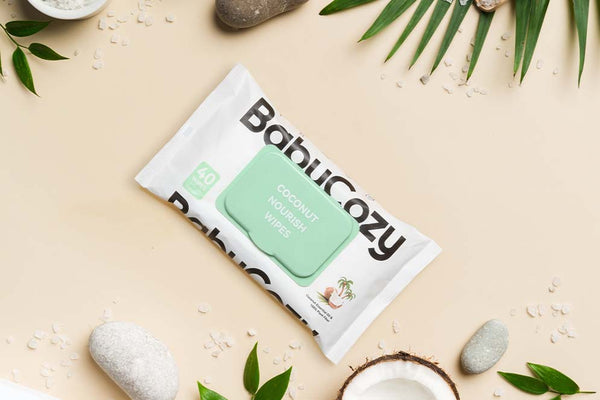
Here we will specifically discuss the classification of wet wipes for babies. If you are a mother of a little one, you most probably know how often you have to buy wet wipes for your baby. So this article will help all those who want to buy wet wipes for their babies.
Based on different materials used for making wet baby wipes, thickness and the method of use wet wipes can be classified into hypoallergenic wipes, unscented wipes, biodegradable wet wipes, natural wet wipes, reusable wet wipes, flushable wet wipes, water wipes, cream wipes, antibacterial wet wipes, disposable wipes. Read on to get a detailed account of these classifications of wet baby wipes.
Biodegradable or non-degradable wet wipes:
Biodegradable wet wipes are made up of eco-friendly biodegradable plant material. As more and more mothers are becoming aware of the increase in environmental pollution and want to protect the environment, biodegradable wet baby wipes have become the choice of many.
Biodegradable wet wipes are made of such natural ingredients that provide amino acids vitamins and nutrients to the soil and the plants where they are degraded, hence not only helping you but the planet too.
If you also buy this kind of wipes or are planning to buy them, it is suggested that you put the used wipes into your composter or garden. This practice will help you to reduce household waste and also create a beautiful home.
As wet wipes are used so frequently, if you go for non-degradable one that is obviously made of non-degradable materials such as plastics, you will contribute to too many negative effects on the environment. Mostly biodegradable organic wet wipes are made of biodegradable cellulose from naturally growing bamboo fiber and provide a great replacement for other non-degradable wet wipes that are a burden on your environment.

Natural or artificial wet wipes:
Natural wet wipes are also something like biodegradable wet wipes. They along with using plant fiber can also have other natural ingredients. These natural ingredients can be nourishing ones such as aloe vera, coconut oil, chamomile extract, or some other soothing agents. They are all-natural and the ingredients used can be for different purposes.
Natural wet wipes have good air permeability, are very soft, have instant water absorption, strong wear resistance, and are more likely to not cause an allergic reaction.
As they are based on all-natural ingredients, they don’t have artificial harsh chemicals such as preservatives that are found in artificial wet wipes and are much safer to buy than artificial ones.
Reusable or disposable wet wipes:
Everyone knows what is meant by disposable or reusable. Wet baby wipes also can be disposable which you can only use once or reusable which can be used several times. Reusable are cheaper than disposable ones but it needs to be well-determined how many times you can use them. They need regular cleaning and disinfecting to keep them in the best possible state as too much use of a single wipe multiple times, makes it a breeding house for bacteria over time that instead of cleaning can spread germs and infection. To ensure health and safety regular cleaning of wet wipes is required but this doesn't seem much convenient. So from both a health perspective and ease of use, it is better to go for disposable wet baby wipes.
Flushable wet wipes:
Wet wipes now also are designed flushable to make your lifestyle simpler. They are made very thin so that they can be directly thrown into the toilet and washed away with the impact of water. But as some of them are not biodegradable, these wipes can plug the sewer and become a factor for environmental pollution. Although they may work well for well-maintained sewers and septic systems, their use is not recommended generally in all systems. So it’s better to pick the wipes which are not only flushable but also biodegradable.

Water or cream wet wipes:
Wet wipes come in water or cream forms. Water wipes are formulated with higher percentage of water like they can have almost 99.9% water with a drop of fruit extract. They are mostly produced with a blend of viscose and polyester in a 20:80 proportion. Cream wipes come under the category of baby care and have extra soothing and moisturizing agents that are incorporated specifically for baby’s sensitive skin to be as gentle on it as possible. The enrichment ingredients can be aloe, chamomile, avocado, or vitamin E extract.
Antibacterial wet wipes:
They are good for cleaning hands if you don’t have soap and water and can kill 99.9% of the most common bacteria. Read their instructions carefully before using them.
Thin, thick, or extra-thick wet wipes:
Wet wipes are available in varying thicknesses. They can be thin, thick, or extra-thick and can be used for different purposes. Wet wipes of good thickness seem better for cleaning as they are durable and let enough material between you and the dirty skin to be cleansed. Thin wet wipes are more prone to rip off while on heavy duty and may give a bad experience however, you may use them for light cleaning purposes.
CONCLUSION:
Wet wipes have become a frequent-use item for making life easier and pleasant. They are classified into multiple varieties including biodegradable, non-degradable, artificial, natural, reusable, disposable, flushable, watery, creamy, and antibacterial. Natural organic and biodegradable unscented wet wipes seem the best in all as they look hygienic and safe and are good for the environment too.
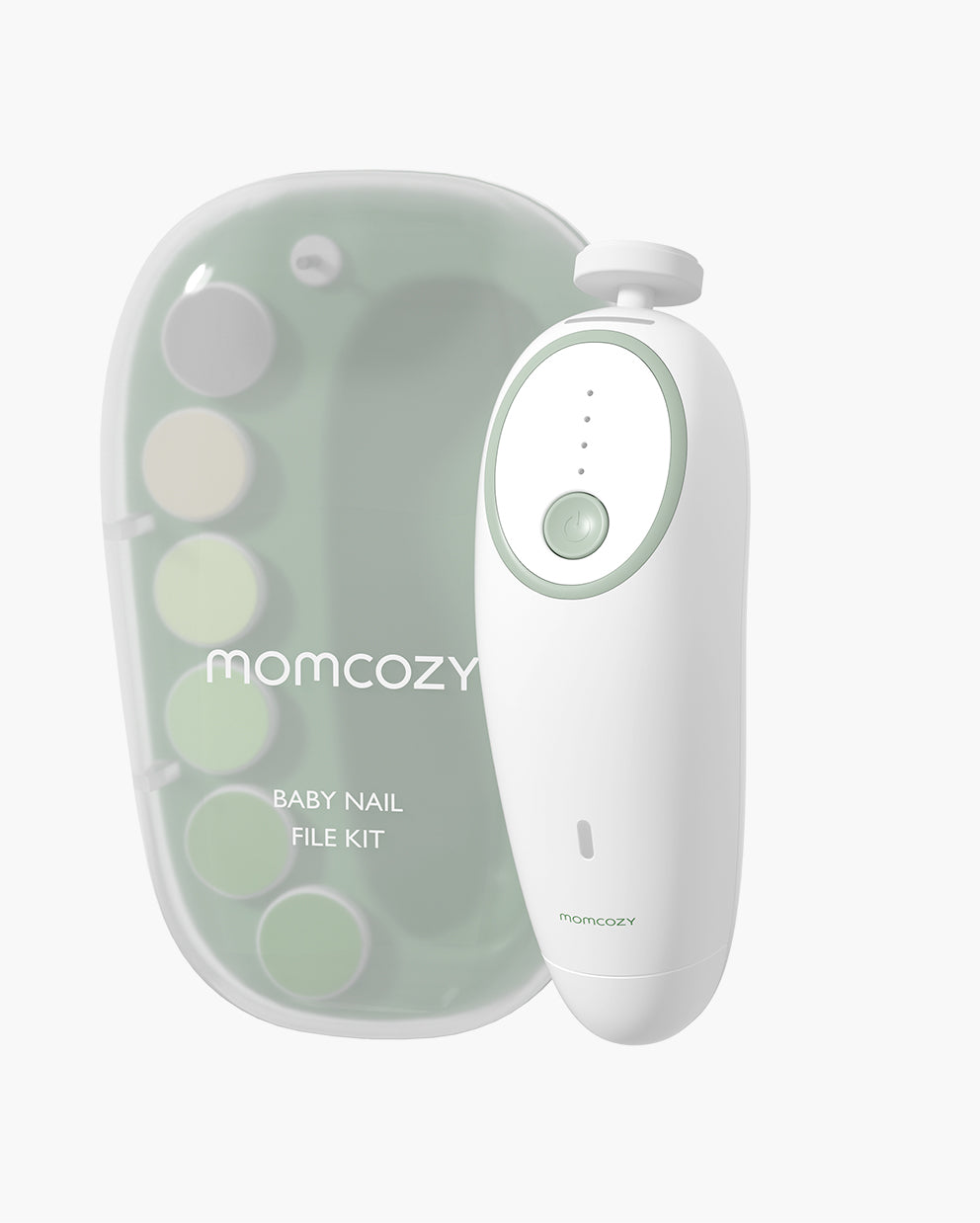
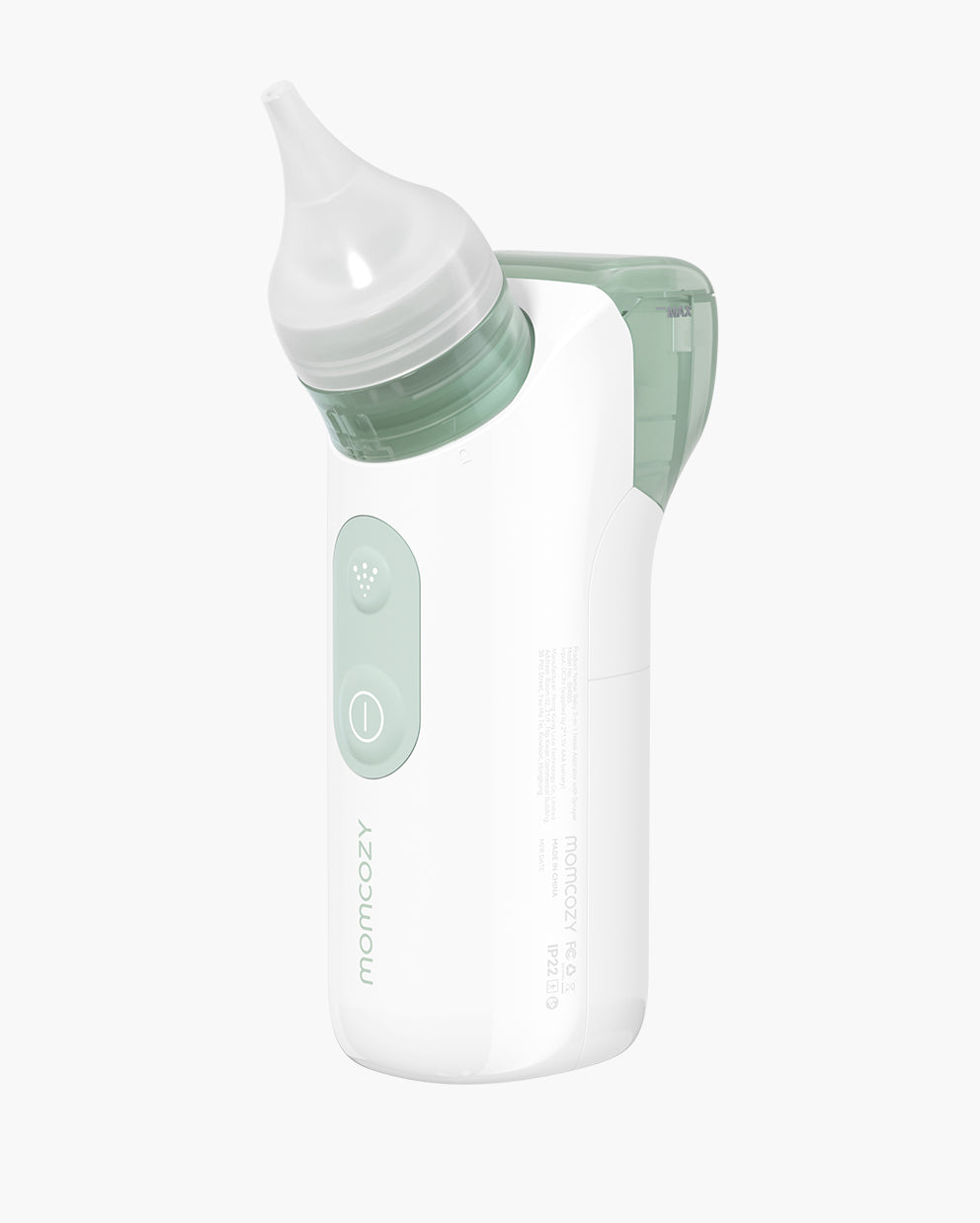


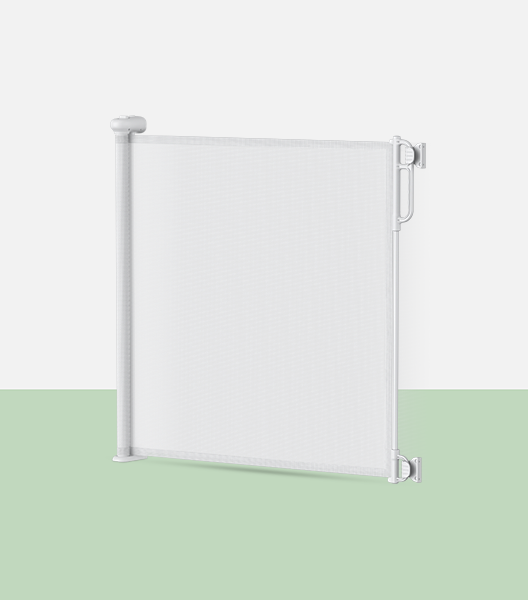
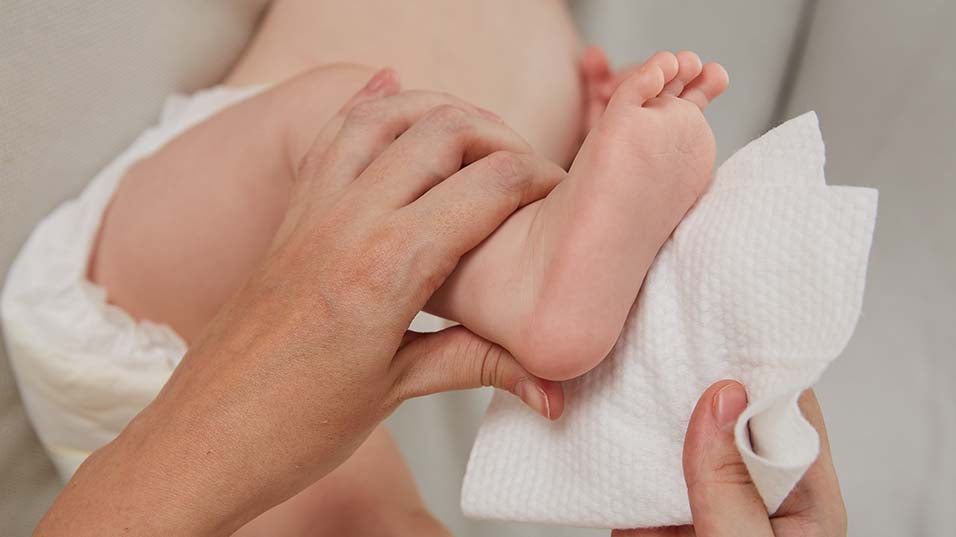

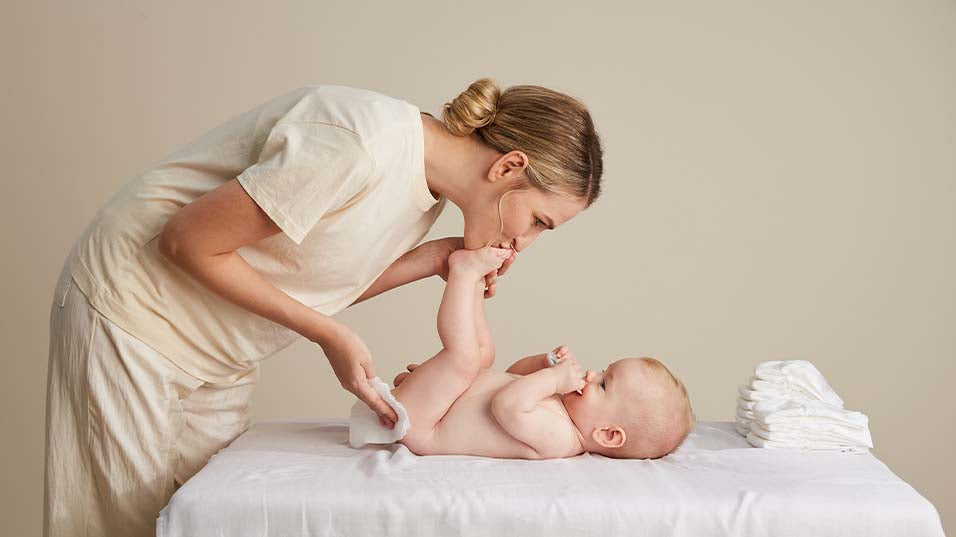
Leave a comment
This site is protected by hCaptcha and the hCaptcha Privacy Policy and Terms of Service apply.